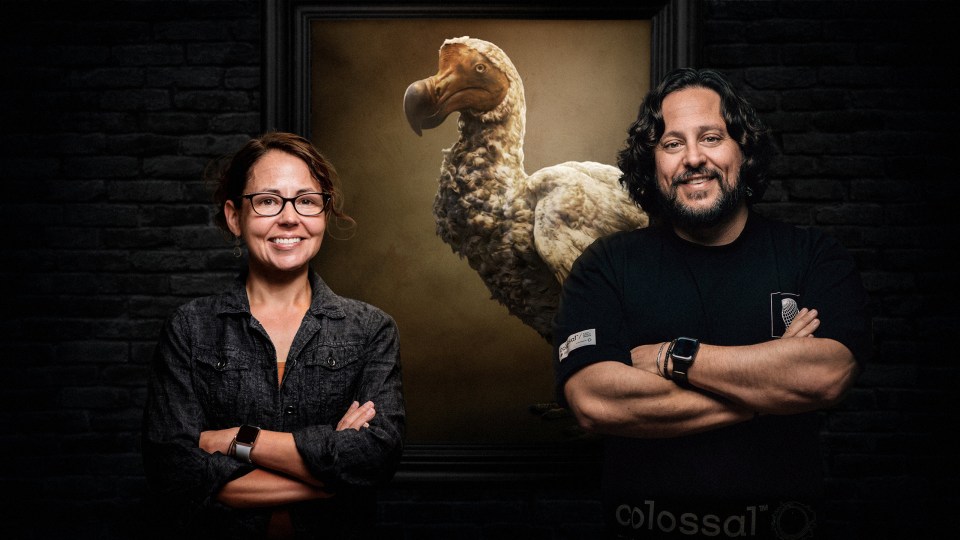THE scientists plotting the return of the great Woolly Mammoth have successfully used gene editing technology to create a new Woolly Mouse.
The extraordinary, palm-sized creature has had its DNA modified to display a different coat colour, as well as a thick and wavy fur texture.
The hair of the Woolly Mouse grows up to three times longer than that on wild mice.
These are cold-resistant traits, and are similar to what the Woolly Mammoth will need to endure Earth's Arctic tundra.
Experts at Colossal Biosciences, the company behind the feat, say it proves the science required to make a modern-day Woolly Mammoth is possible.
"This success brings us a step closer to our goal of bringing back the woolly mammoth," said Ben Lamm, co-founder and CEO of Colossal.
READ MORE ON WEIRD SCIENCE
The company plans to isolate the cold-resistant traits of a Woolly Mammoth to insert into the genome of its distant cousin - the Asian elephant.
In doing so, Colossal will essentially create a cold-resistant version of the Asian elephant, which it will call the Woolly Mammoth.
Speaking to The Sun, Colossal's chief science officer, Beth Shapiro, said: "For the Mammoth in particular, our big challenge is that elephants have a 22 month gestation.
"Once we have hypotheses about what DNA sequences we want to change in an Asian elephant cell, that we will eventually turn into our Mammoth, we need to be able to test that [in a way] that doesn't involve 22 months of gestation, followed by a decade of growing up of a Mammoth.
Most read in Tech
"And a mouse is the perfect model for that."
Mice have a huge background in science, and only have a 20 day gestation - the period of time between conception and birth.
"There's tons of available resources for working with them," added Shapiro. "And they're only about 200 million years diverged from an elephant."
A MAMMOTH TASK
Last year, scientists at Colossal successfully recreated the genome of a 52,000-year-old Woolly Mammoth that had been well preserved in ice.
That's how they know exactly what genes they need to make an animal woolly.
Now the birth of the Woolly Mouse - of which there are now around 100 in Colossal's cosy vivariums - doesn't exactly accelerate the Mammoth project.
"It validates and ensures that we're on the right track for the Mammoth," said Lamm, who added that the company is on track for its first Mammoth calves in 2028.
These Woolly Mice might also offer a close, and unexpected, indication of what Mammoths will look like.
"They're really, really adorable," added Lamm. "That was a byproduct which also makes us believe that our Mammoths will be stupidly adorable."
The Woolly Mice will not be released in the wild, or sold as pets, and instead will exist only for science.
WHAT'S NEXT?
Lamm hinted that there will be more genetically modified creatures being born between now and 2028.
"I don't think the Woolly Mouse will be the last animal we see before the Woolly Mammoth," he said.
The Texas-based firm is also working on bringing the Dodo and Thylacine back from extinction.
Colossal will use a similar technique to engineering the Woolly Mouse and Mammoth - but with the Dunnart and Thylacine.
The Dunnart has a 13.5 day gestation and is a close living ancestor to the Thylacine - making it key to resurrecting the extinct species.
Read More on The Sun
"So, I do think that before we see a Thylacine, we'll probably see a stripey Dunnart which has Thylacine stripes on it," explained Lamm.
"But not yet. We've got to get a little bit further."















